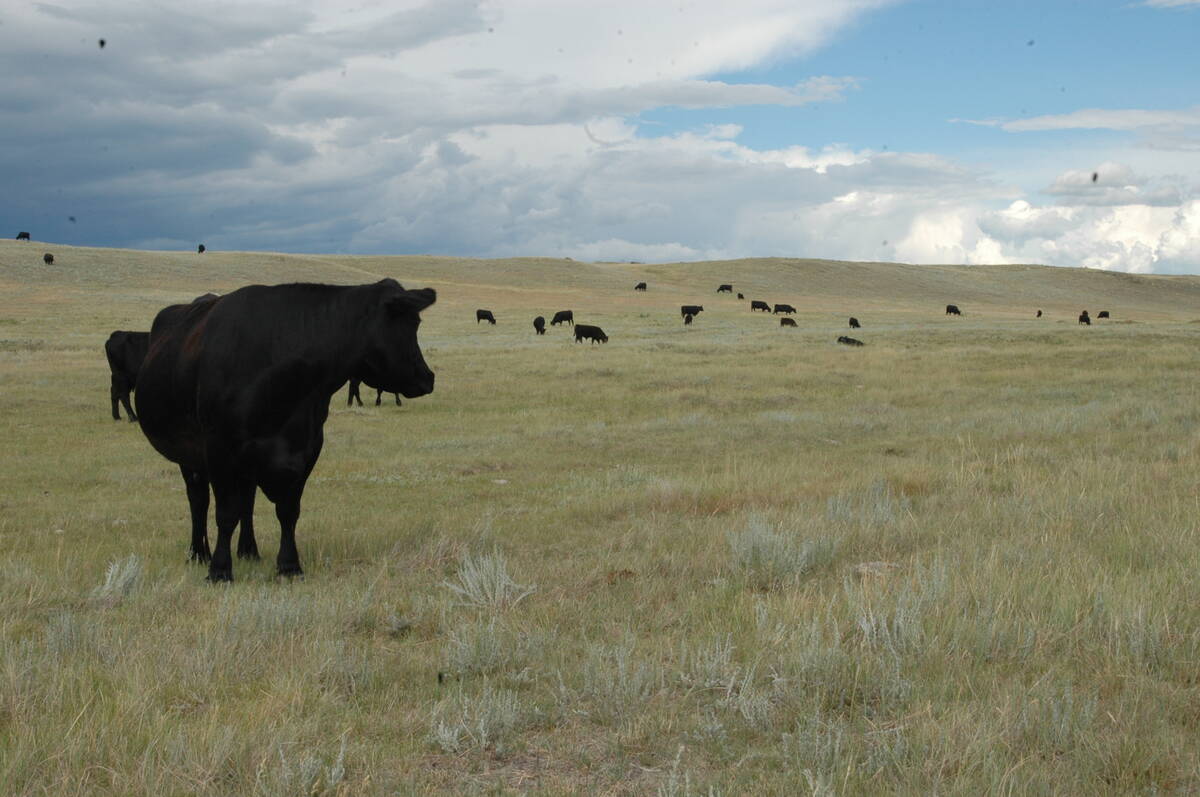The British Columbia Cattlemen’s Association has received a $144,000 grant to see if a federally inspected packing plant at Prince George is feasible.
The association is adding another $16,000 to the Growing Forward 2 grant to identify investors and supply chain partners, as well as consider obstacles that could impede the plant development.
“We are building a business plan and the business plan will entail what it would take to make this plant operational,” said association manager Kevin Boon.
“The business plan is the final step in due diligence before a significant investment is made in an actual plant,” he said.
Read Also

Canadian Food Inspection Agency slammed for handling of bovine tuberculosis case
The federal government leans heavily on producers to “take one for the team” and risk their livelihoods without any reassurance of support.
Some work has already been done on developing a B.C. beef program, as well as researching transportation, grain supplies and cattle numbers. It is believed a vertically integrated concept involving players from ranchers to consumers is needed.
There has been past interest in building in the area but the province’s feeding sector would need to be closer.
“There needs to be a feedlot infrastructure before a plant would be viable,” said Boon.
Prince George is a transportation hub but more feedlots would be needed in the region that could be supported with grain from the Peace River district and Nechako Valley, which includes the Vanderhoof area.
Urbanization in the southern portion of B.C. has pushed livestock grazing north.
The association has considered a branded B.C. beef program but there were no federal plants available to handle a smaller business model. There is interest in selling the beef out of province and exporting offshore, which would require a federally inspected plant
“The big plants are not equipped to put through small lots, so getting a plant that is small to mid size is much more flexible and able to address the needs of some of today’s consumers,” Boon said.
A smaller plant could handle custom work if a natural product or branded beef was requested.
B.C. has two small federally inspected plants but most cattle are processed in Alberta or the United States.















